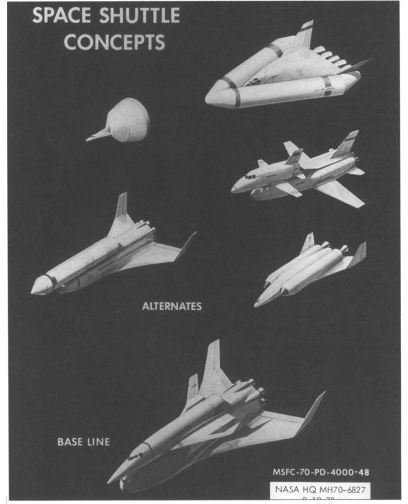The History of the Space Shuttle Program - Development and Successes with the MIR and International Space Station
Design and Development of the Space Shuttle
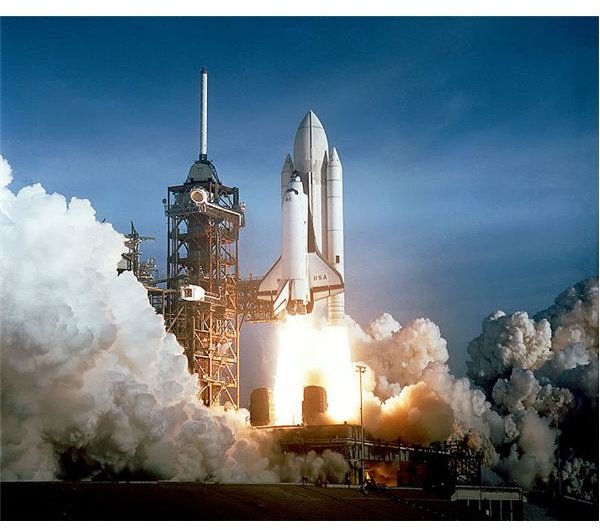
The history of the space shuttle program dates back to the 1960s. Engineers working for NASA during the Apollo era created a variety of potential options for the future of space travel. President Nixon formed the Space Task Group in 1969 to explore these concepts and helped decide on an objective in 1972. The space shuttle system would include a reusable vehicle launched into orbit using solid rocket boosters and a disposable external tank. This was designed to be a cost-savings measure for the space program.
North American Aviation, now Boeing, was put in charge of the project. It used a variety of subcontractors to complete the necessary components that would ultimately bring the shuttle together. Morton Thiokol, now Alliant Techsystems, built the solid rocket boosters. Martin Marietta, now Lockheed Martin, constructed the external tank. While Rocketdyne, now part of United Technologies, was responsible for the main engines.
The first prototype was rolled out on September 17, 1976. A massive write-in campaign was launched by fans of the science fiction program “Star Trek,” prompting NASA to give it the name Enterprise. Although it conducted a series of tests of the glider function, the Enterprise never flew an actual space mission. That honor belonged to the Columbia. The first launch was performed by two astronauts on April 12, 1981. Everything went exactly as planned, prompting NASA to order more vehicles: Challenger in 1982, Discovery in 1983 and Atlantis in 1985. The Endeavor was constructed in 1991.
Above right: Space Shuttle Columbia Launching. (Supplied by NASA; Public Domain; https://upload.wikimedia.org/wikipedia/commons/4/41/Space_Shuttle_Columbia_launching.jpg)
Above left: Space Shuttle Concepts. (Supplied by NASA; Public Domain; https://upload.wikimedia.org/wikipedia/commons/3/39/Space_Shuttle_concepts.jpg)
Successes of the Shuttle Program
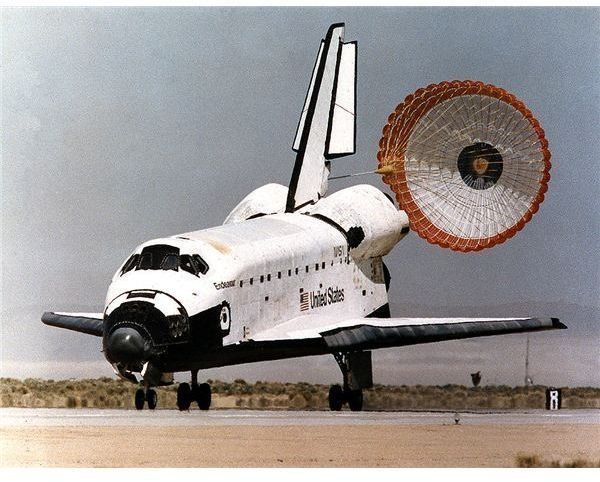
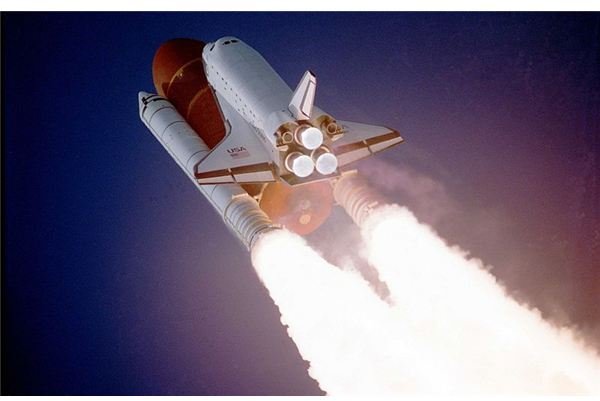
As of 2010, the space shuttle program has launched well over 100 successful flights for a total of nearly 3.4 years in space. Hundreds of astronauts have participated in missions, many of which have provided valuable contributions to both space and Earth research. Some of the highlights include the launch and servicing of the Hubble telescope, and the construction of the International Space Station (ISS). The space shuttle also played an important role in cooling post-Cold War tensions with docking missions to the MIR space station, helping to unite the goals of the U.S. and Russian space programs.
Although it is scheduled for retirement in 2010, the program may continue due to a Congressional budget authorization act. Since the Project Constellation program has not successfully produced a reliable transportation vehicle for NASA as of this time, government and agency officials deem it possibly necessary to continue the program, if only for service to the ISS. If the shuttle is retired, the station will rely only on Russian Soyuz craft and the Japanese H-2 Transfer Vehicle for crew transportation and resupply.
Above left: Space Shuttle Atlantis Taking off. (Supplied by NASA; Public Domain; https://upload.wikimedia.org/wikipedia/commons/d/d3/Atlantis_taking_off_on_STS-27.jpg)
Above right: Endeavor Landing. (Supplied by NASA; Public Domain; https://upload.wikimedia.org/wikipedia/commons/e/ea/950318_STS67_Endeavour_landing.jpg)
Space Shuttle Disasters
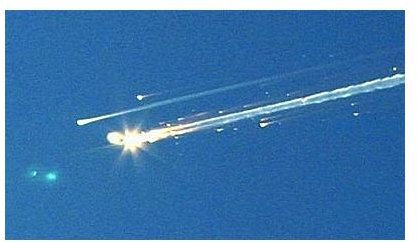
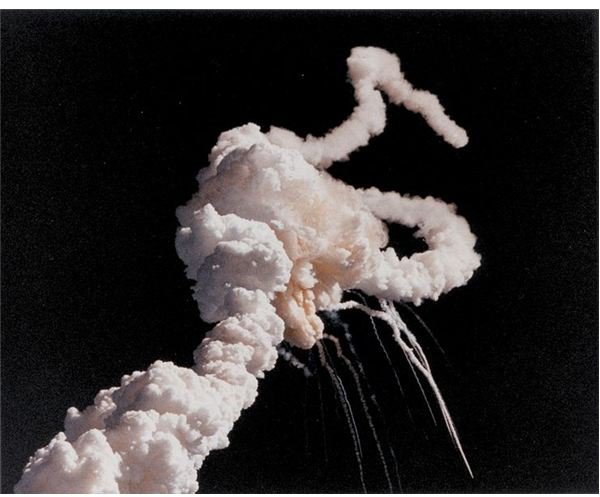
With the dangers of space flight, it was expected that the history of the space shuttle program would include some tragedies before its time had expired. As of the writing on this article the only two disasters to befall the shuttle, however, resulted in the deaths of both crews.
On January 28, 1986, the Space Shuttle Challenger was destroyed after 73 seconds of flight following takeoff. It was found that a seal in the solid rocket booster failed during liftoff, causing hot gases to damage the external fuel tank. Ultimately, this caused structural failure which resulted in the deaths of the seven crew members and the destruction of the orbiter. One of the major tragedies of the event was the death of Christa McAuliffe, who was to be the first teacher in space. Due to her presence aboard the vehicle, school children across America witnessed one of the greatest catastrophes to befall NASA in real-time. According to a NASA survey, 85 percent of the nation knew of the event within one hour.
On February 1, 2003, the Space Shuttle <em>Columbia</em> was destroyed upon reentry after a successful mission into space. After investigation, it was found that a piece of foam from the external fuel tank broke away and impacted the orbiter during takeoff. Essentially, the flight was doomed from the start. In light of this event, a system of faulty safety procedures was exposed throughout the organization, prompting a new level of awareness within NASA. In addition, the disaster also was the deciding factor in the planned retirement of the program.
Throughout the history of the space shuttle program, the men and women who took part in the missions joined the ranks of legendary astronauts through both triumph and tragedy. For all of its flaws and costs, the three decades of missions undertaken by the space shuttles were amongst some of the most harrowing in all of NASA’s history. It allowed the journey into space to become a routine event that could focus on less-expensive and more standardized tasks with long-term ramifications for space exploration and human history.
Above left: Challenger Explosion. (Supplied by NASA; Public Domain; https://upload.wikimedia.org/wikipedia/commons/9/9f/Challenger_explosion.jpg)
Above right: STS-107 Reentry. (Supplied by NASA; Public Domain; https://upload.wikimedia.org/wikipedia/commons/9/9f/Challenger_explosion.jpg)
Resources
“History of the Space Shuttle” NASA: https://history.nasa.gov/shuttlehistory.html
“Space Shuttle Program” U.S. History: https://www.u-s-history.com/pages/h1732.html
